Mix of Confusion, Relief Mark Parañaque Terminal’s First Days of Commercial Operations
From entrepreneur.com.ph
By Elyssa Christine Lopez
When President Rodrigo Duterte inaugurated the Paranaque Integrated Terminal Exchange (PITx) last week, he called the “landport” a state-of-the-art facility that would offer a “convenient” experience to commuters.
But when the country’s first intermodal land transport terminal opened its doors on Monday, November 12—the first time it operated on a workday—commuters felt a tinge of disappointment that things weren’t up to expectations.
At the intersection of Roxas Boulevard and NAIA road in Pasay City, traffic enforcers stopped buses bound for certain areas in Metro Manila that passed through Cavite Expressway (CAVITEX) and Coastal Road and directed them to make a stopover or fully terminate at the newly-opened PITx.
Most commuters were left surprised when their usual trips to certain areas in Metro Manila were cut short or took longer than expected come Monday morning.
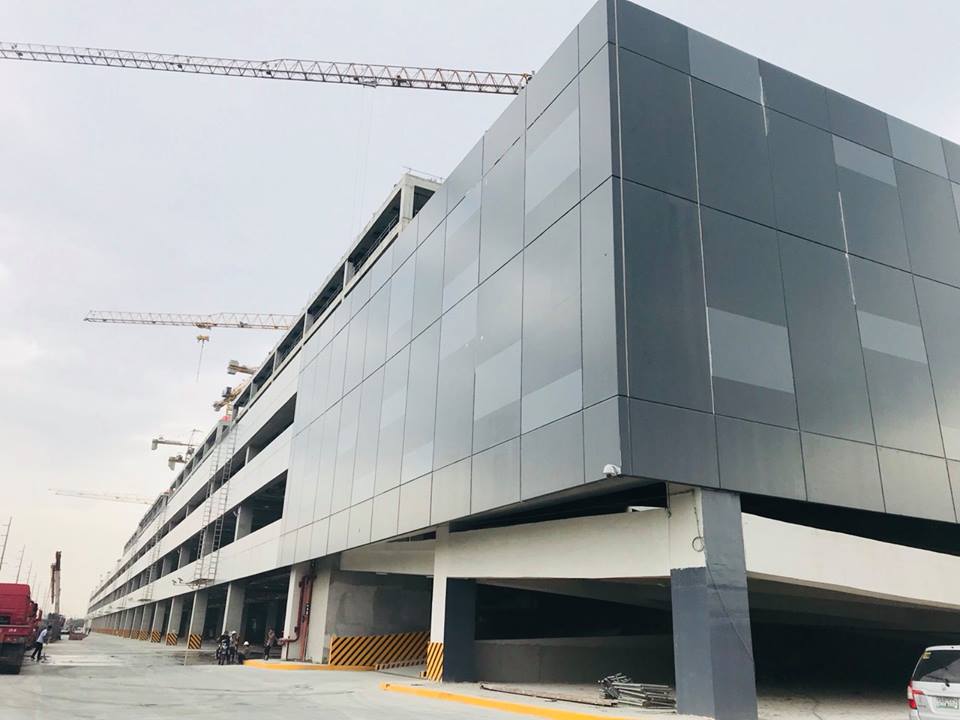
Red Samonte, a commuter who takes a bus trip from Bacoor in Cavite to Ayala business district daily, said he, along with other passengers, were asked to alight from the bus they were riding at the PITx on Monday morning.
“We were surprised when we were asked to alight the bus at the PITX when we paid for a bus fare bound for Ayala. And when we agreed to be dropped off, the bus conductors didn’t even give back our extra payment. Of course, we got mad,” Samonte told Entrepreneur Philippines in an interview.
Most commuters’ gripes arose from the lack of information on how the new terminal would affect their daily trips to work as there was hardly any mass advertising done to explain the new scheme. The Department of Transportation (DOTr) only posted a video explaining how the PITX works in October on its Facebook page.
The confusion was further aggravated with the last-minute changes made by the DOTr on the governing Memorandum Circular—issued by the Land Transportation Franchising and Regulatory Board (LTFRB)—with regards to the operations of the terminal.
Under Memorandum Circular 2018-20 signed September 13, all public utility vehicles with routes from southwest of Metro Manila to the National Capital Region are required to end their trips at the PITx if they go through Coastal Road and the Cavite Expressway. The circular has been deemed effective since early October.
But by the evening of November 9, just hours before the first day of the PITX’s operations, the DOTr issued a statement announcing that some provincial buses will be exempted from the earlier order.
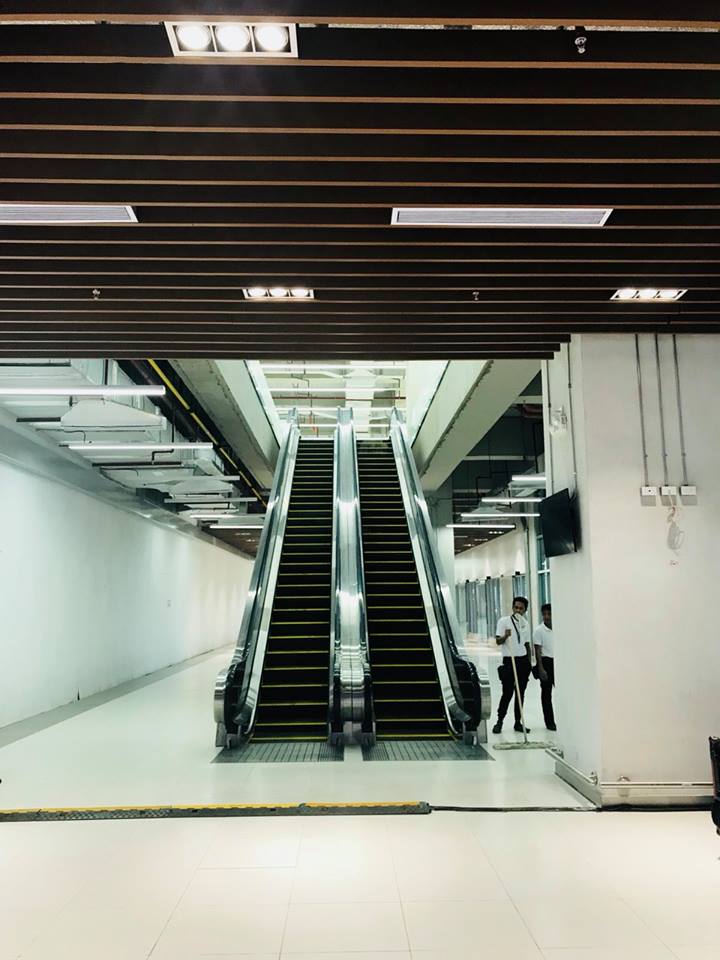
“All PUB routes not covered by Department Order No. 2018-9025 including Batangas (Nasugbu, Calatagan and Balayan) and long-haul Cavite routes shall terminate at PITX. City buses with routes operating within the Greater Metro Manila Area are likewise required to pass by PITX to pick up passengers,” the statement read.
The order was made despite the earlier announcement that the terminal’s basic aim was to decongest Metro Manila’s major roads as it would help lessen the number of provincial buses traveling in and out of the metropolis. But DOTr Undersecretary Mark De Leon said the order was written with commuters’ welfare in mind.
“Many commuters who just take short trips from Cavite to Manila will be forced to take two trips if we don’t exempt some buses that take trips directly to some areas in Metro Manila,” De Leon said in an interview with DZMM Teleradyo on Tuesday, November 13. “We reiterate that we don’t exempt bus companies. We exempt commuters.”
Still, not all bus companies that start and end their routes nearer to offices or schools were exempted. In the same interview, it was revealed that some buses that usually end their routes in Lawton in Manila weren’t exempted, but others that start and end their trips in Makati were given permission to operate as usual.
De Leon admitted that the final list of bus companies exempted from the earlier LTFRB MC is still not finalized.
PITx’s early pains
With the unclear government orders, PITX’s first day of operations was marked by confusion all around. When Entrepreneur Philippines paid a visit to the terminal on Monday evening—during the expected rush hour of travelers on their way home—there were only a handful of commuters taking trips. Some that we interviewed said they only tried to use the PITX since the colorum vans they took weren’t in their usual spots.
At least two to three gates were regularly used in the departure area, when there are 10 available. Only a handful of buses came to pick up passengers. Staff of the terminal said some bus companies refused to arrive in the terminal on time as expected.
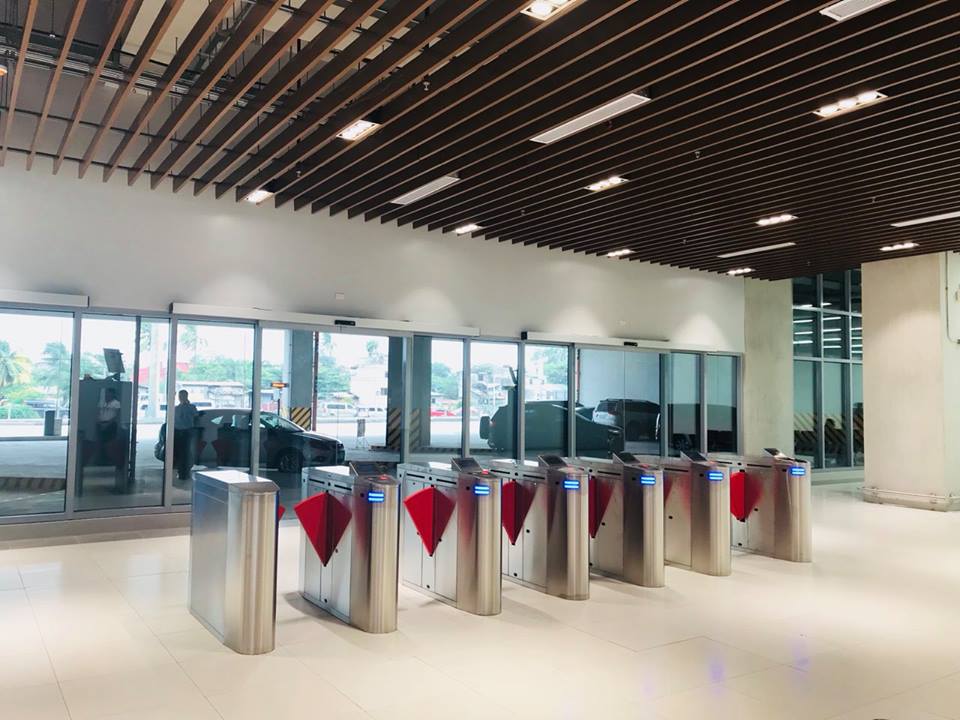
Moreover, the centralized ticketing system that was supposed to guarantee passengers of reserved seats and scheduled trips wasn’t fully utilized as passengers still paid their fares to the bus conductor. The system’s QR-equipped tickets were only mainly used as passes to get through the gates.
With these early pains unresolved, thousands of commuters will undoubtedly be affected in the days to come. Still, some are hopeful that once the kinks are ironed out, the terminal will help commuters in the long run.
“I was mad this morning when my trip was affected of course, but now that I returned [to PITX] for a trip home, I realized the terminal is not so bad,” Samonte said. “If I were waiting for a bus trip home in Baclaran I’d be out there in the street. At least here I’m seated.”


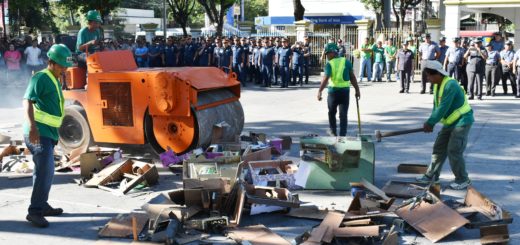
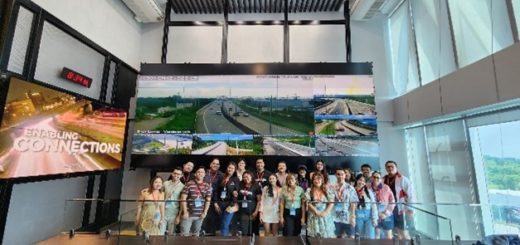

Recent Comments